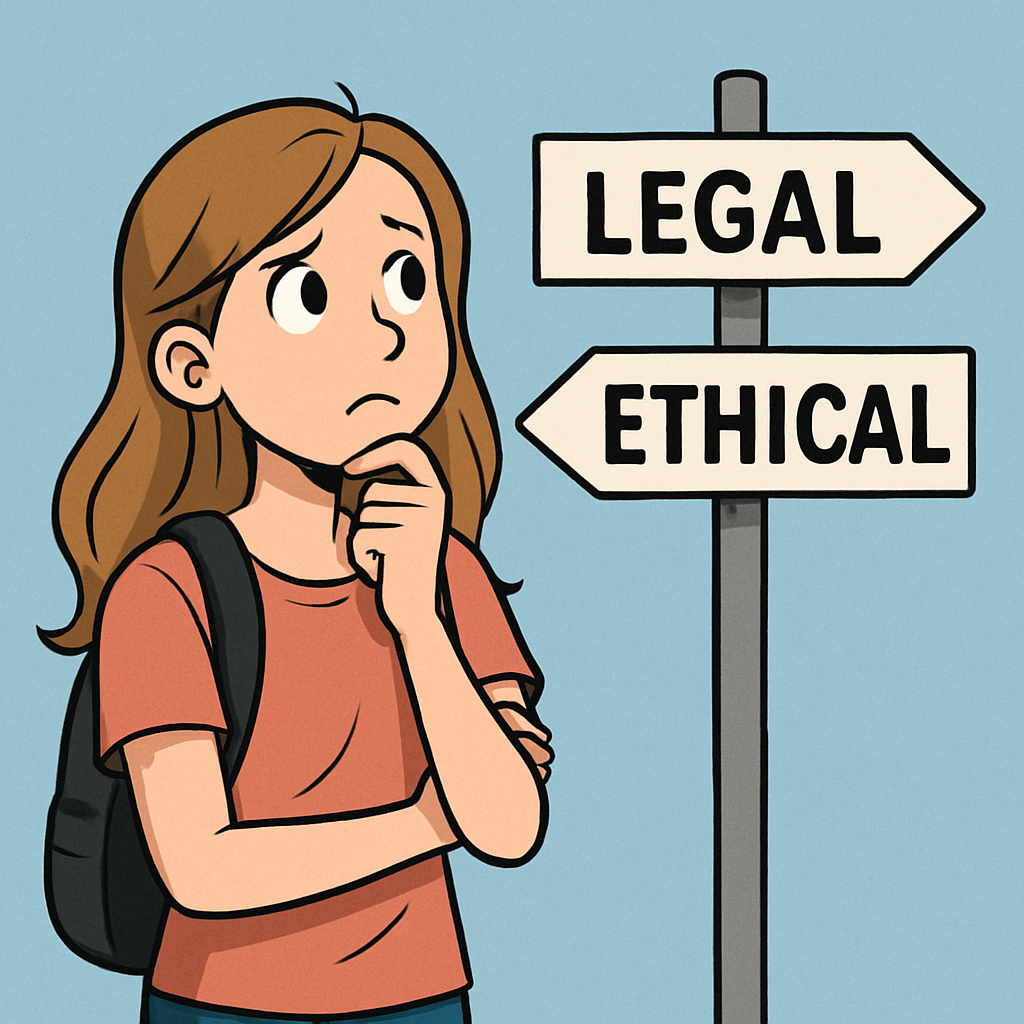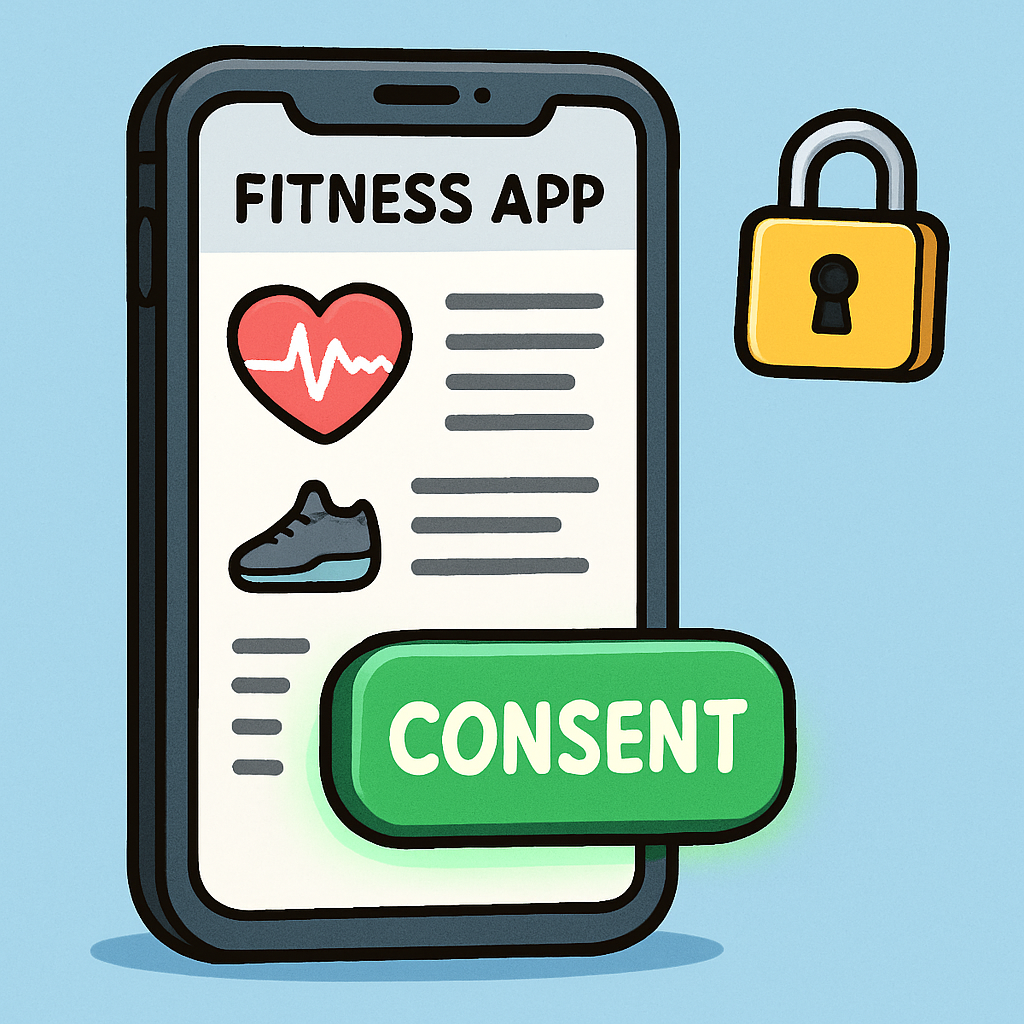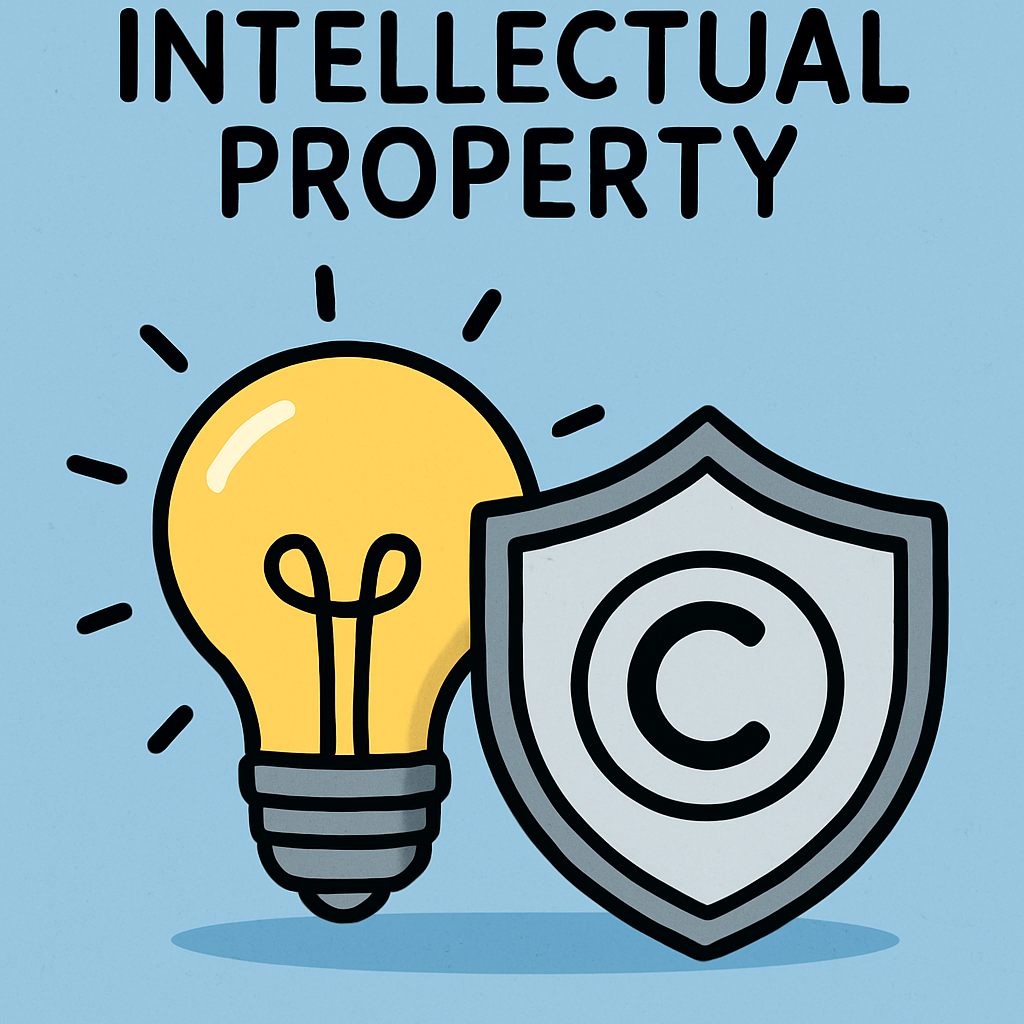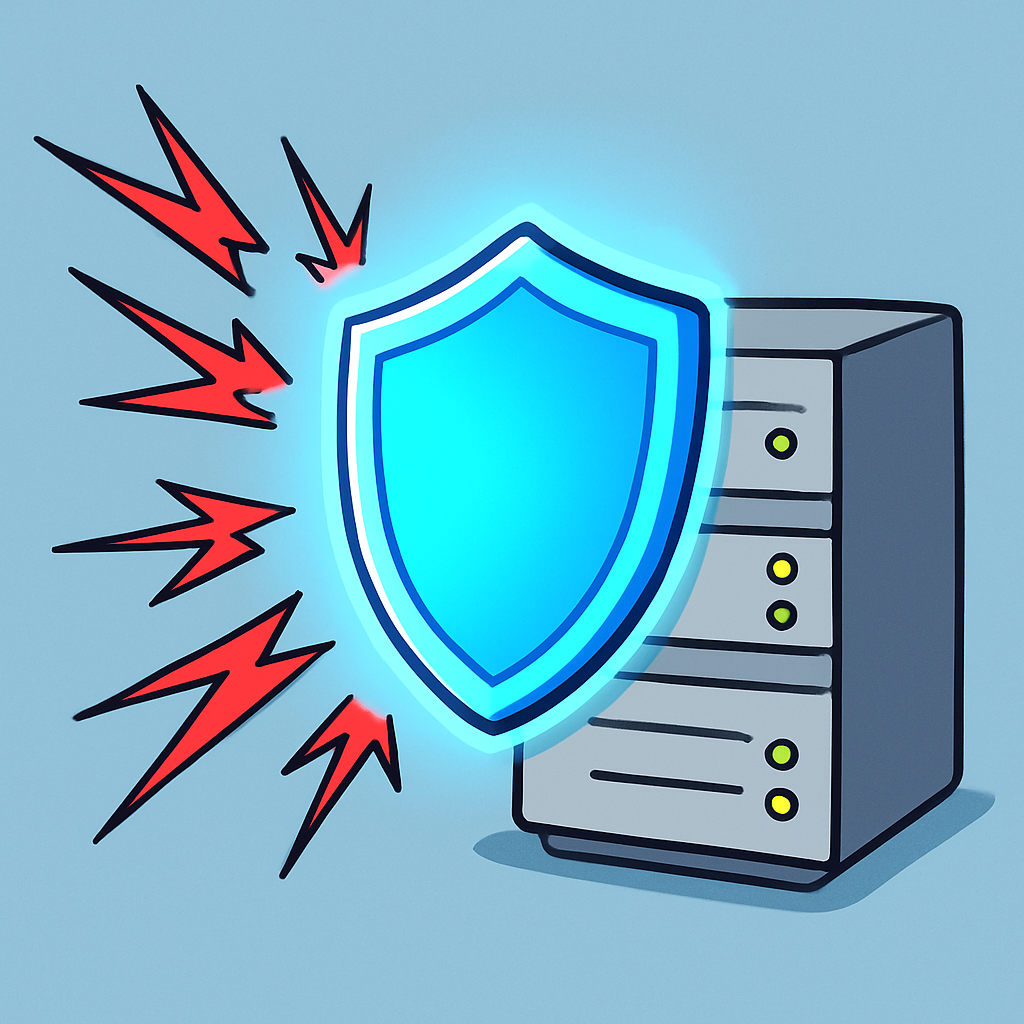In this lesson, you'll explore the crucial role of ethics in computing, understanding how technology intersects with moral principles and societal impacts. You'll examine real-world scenarios to develop your ability to make responsible decisions in a rapidly evolving field.
Throughout this lesson, you'll:
 Ethics are moral principles that guide our actions, even when something is legal but could cause harm. For example, sharing someone's personal data without permission might be legal in some cases, but it's unethical if it invades privacy. Laws are rules enforced by authorities, while ethics are about doing what's right.
Ethics are moral principles that guide our actions, even when something is legal but could cause harm. For example, sharing someone's personal data without permission might be legal in some cases, but it's unethical if it invades privacy. Laws are rules enforced by authorities, while ethics are about doing what's right. Privacy involves protecting personal information, such as data collected by apps or websites. Key concepts include consent (getting permission before collecting data) and risks like surveillance capitalism, where companies profit from tracking user behaviour.
Privacy involves protecting personal information, such as data collected by apps or websites. Key concepts include consent (getting permission before collecting data) and risks like surveillance capitalism, where companies profit from tracking user behaviour.
Data protection refers to the practices, safeguards, and binding rules put in place to protect personal information from misuse. It ensures that data is handled fairly, lawfully, and transparently, often governed by laws like the General Data Protection Regulation (GDPR) in the EU. This includes measures to prevent unauthorised access, alteration, disclosure, or destruction of data, thereby safeguarding individuals' rights and privacy.
Privacy isn't just about avoiding harm; it's about empowering users to control their own data. For instance, when you use a fitness app that tracks your steps and location, ethical design ensures you're informed about what data is collected, why, and how it's used. Without this, it could lead to unintended consequences like targeted advertising that feels invasive or even data being sold to third parties without your knowledge.
In Ireland and the EU, the General Data Protection Regulation (GDPR) sets rules for data handling. For example, real-world cases like Facebook's data scandals show how leaks can lead to identity theft or manipulation.
As a computing professional, your responsibilities include using anonymisation techniques (removing identifying details), secure storage, and respecting user rights like the 'right to be forgotten' (deleting data on request).
Another key aspect is data minimisation—collecting only what's necessary. This reduces risks if a breach occurs. Consider how social media platforms use cookies to track your browsing habits across sites, building detailed profiles for ads. While this can provide convenient, personalised experiences, it raises ethical concerns about privacy and consent. Users often aren't fully aware of how their data is collected, shared, or used, which can lead to exploitation or manipulation. Balancing personalized experiences with transparent, user-controlled data practices is crucial to address these ethical concerns.
Analyse this case: Imagine a social media app collects location data without clear consent. What ethical issues arise? Think about the positive and negative impacts.
Spend about 5 minutes on this task. Jot down your thoughts in a notebook or digital document.
 Intellectual Property (IP) refers to creations of the mind, such as inventions, literary and artistic works, designs, symbols, names, and images used in commerce. It encompasses various forms including patents (for inventions), trademarks (for brands and logos), copyrights (for creative works), and trade secrets (for confidential business information). IP protects the rights of creators to benefit from their work, encouraging innovation by granting exclusive rights for a limited time.
Intellectual Property (IP) refers to creations of the mind, such as inventions, literary and artistic works, designs, symbols, names, and images used in commerce. It encompasses various forms including patents (for inventions), trademarks (for brands and logos), copyrights (for creative works), and trade secrets (for confidential business information). IP protects the rights of creators to benefit from their work, encouraging innovation by granting exclusive rights for a limited time.
Copyright is a specific type of IP that automatically protects original works like software code, music, books, and digital art from being copied, distributed, or adapted without permission. It typically lasts for the creator's lifetime plus 70 years, and includes concepts like fair use, which allows limited use for purposes such as criticism, education, or research without infringing rights.
In computing, this is crucial because software and digital content can be easily replicated. For example, open-source software allows sharing under licences like GPL (General Public Licence), which require giving credit or sharing modifications, while proprietary software restricts use. Ethical issues arise when IP is violated, such as through piracy, which can harm creators financially but might democratise access in underserved areas.
Respecting IP encourages innovation by rewarding creators, but misuse can lead to legal battles or stifle creativity. In Ireland, laws align with EU directives, protecting digital works. Consider how streaming services use digital rights management (DRM) to prevent unauthorised copying, balancing creator rights with user convenience.
Analyse this case: Imagine downloading and sharing a pirated version of a popular video editing software with classmates for a group project. What ethical issues arise? Think about the positive and negative impacts.
Spend about 5 minutes on this task. Jot down your thoughts in a notebook or digital document.
 Cybersecurity is the practice of protecting computers, servers, mobile devices, electronic systems, networks, and data from malicious attacks. It involves techniques like firewalls, encryption, and antivirus software to prevent unauthorised access, data breaches, or damage. Ethically, cybersecurity ensures the safety of users' information while balancing security needs with privacy rights— for example, avoiding excessive surveillance that could infringe on personal freedoms.
Cybersecurity is the practice of protecting computers, servers, mobile devices, electronic systems, networks, and data from malicious attacks. It involves techniques like firewalls, encryption, and antivirus software to prevent unauthorised access, data breaches, or damage. Ethically, cybersecurity ensures the safety of users' information while balancing security needs with privacy rights— for example, avoiding excessive surveillance that could infringe on personal freedoms.
Ethical hacking, also known as white-hat hacking, is when authorised professionals simulate cyberattacks on systems to identify vulnerabilities before malicious hackers (black-hat hackers) can exploit them. This is done with permission and aims to improve security, not cause harm. It's guided by principles like transparency and consent, contrasting with unethical hacking, which can lead to theft, ransomware, or disruption.
In computing, these areas highlight the tension between protection and potential misuse. For instance, governments might use cybersecurity tools for national defence, but this could extend to spying on citizens, raising ethical dilemmas about privacy versus safety. Emerging trends, like increasing cyber threats from AI-driven attacks, underscore the need for ethical guidelines.
Analyse this case: Imagine a company hires an ethical hacker to test their network, but the hacker discovers a vulnerability that could expose customer data. The company decides to delay fixing it to save costs. What ethical issues arise? Think about the positive and negative impacts on society.
Spend about 5 minutes on this task. Jot down your thoughts in a notebook or digital document.